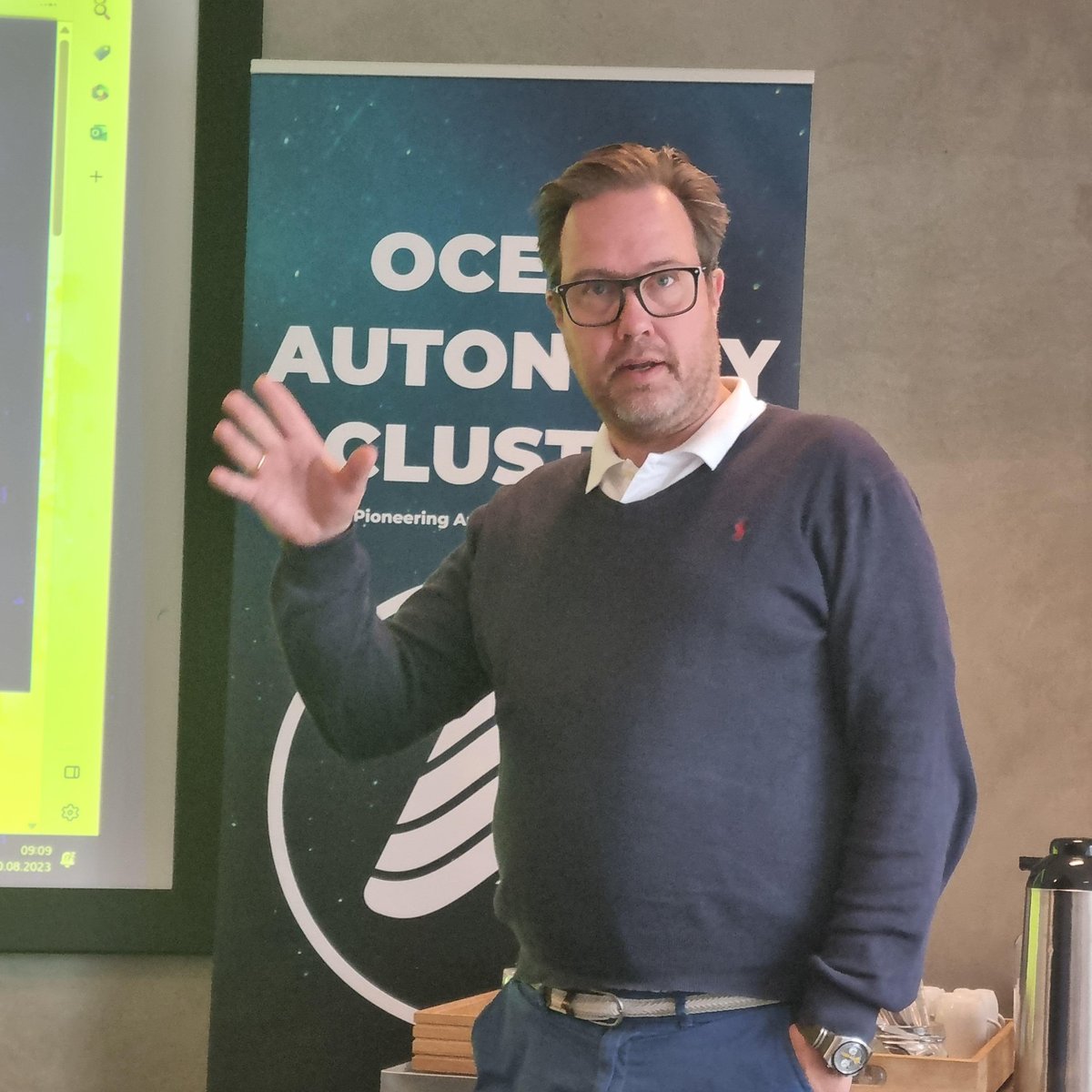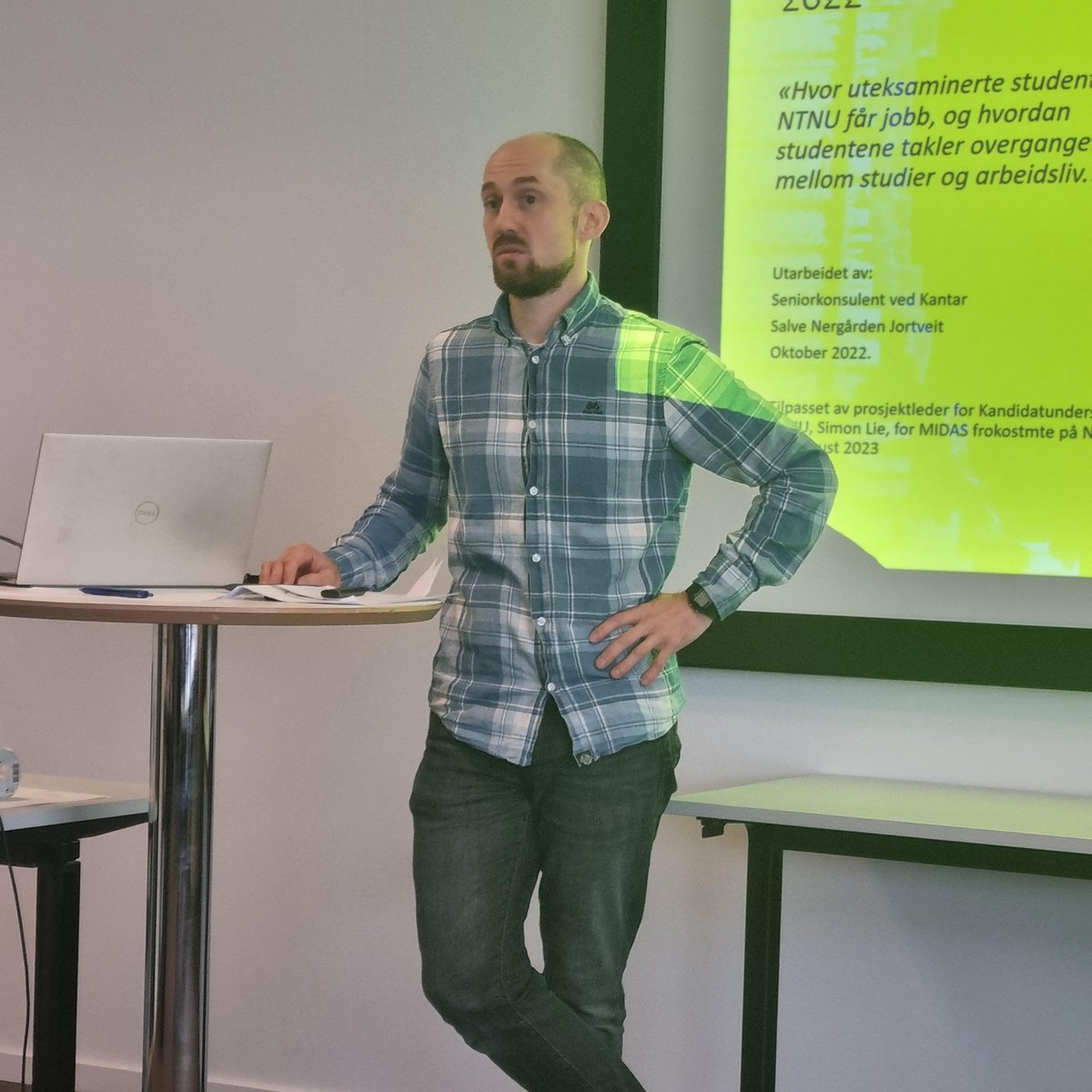Fast-track to new talents.
The maritime sector is facing significant staffing challenges and major technological changes. How can companies in mid-Norway win the recruitment competition in competition with the rest of the country?
This was the topic during today's breakfast meeting under the auspices of the MIDAS capacity initiative. With low unemployment and great competition for newly graduated technologists, the workers of the future are in the driver's seat when choosing a job. Who are they, where are they going, and what will it take to win the battle to reach them?
Recruitment reflects the local company structure.
NTNU conducts a separate candidate survey every three years that maps, where graduated students go to work. In general, students from NTNU do very well in the job market; 90% of the respondents were at work six months after graduating.
Oslo and Trøndelag are the only counties with a net positive increase in NTNU candidates. For Trøndelag, it is first and foremost in Trondheim that the most significant growth occurs, and medicine and schools within the public sector recruit the most candidates. This also reflects the business mix in Trondheim and Trøndelag, with a robust public sector versus the large consulting companies with head offices in Eastern Norway.
At the same time, students from Oslo are over-represented in the Master of Technology - studies, the students and many seek to return to their home municipality after completing their education.
See more about the candidate survey here.
Everyone needs IT competence.
An ongoing survey under the auspices of Fremtidens Industri provides some indicators of an unmet need for skills at companies in Mid-Norway.
- There is generally little understanding of what critical systems entail and how IT security must be safeguarded in the future, explained Aida Refvik Angell, security advisor at Fremtidens Industri, during the breakfast meeting.
She believes that many companies today underestimate IT security. At the same time, many have challenges with maintaining critical IT competence. Young workers demand more from employers, and flexibility and benefits have become crucial competitive advantages in the battle for the wisest minds.
Read more about the survey here.
Employers need to stand out.
An IT company that has consciously worked with recruitment and culture building is Brilliant. As a large consultancy with a broad client portfolio, the employees are the most crucial resource for winning large contracts. Onboarding starts when the employment contract is signed - before the new employee has begun - with a gift on the door, invitations to social events, and company tours in anticipation of the first day of work.
The employees have e-sports teams, sports teams, and opportunities to play games in the offices in their spare time, and social activities are also organized for employees' friends and family to include more people in the Brilliant culture. In addition, there are benefits such as a baby bonus, insurance, extra holiday days, and opportunities to buy shares in the company. A separate survival guide will help the employees orient themselves to the benefits and opportunities at Brilliant.
Read more about Brilliant's survival guide here.
Students apply for the "cool" jobs.
The biggest driver for many technology students involved in their spare time is the inner motivation and ambition to get "hands-on" experience with maritime technology.
This was told by Christoffer Strøm, leader of the student organization Vortex. Through sponsorship agreements and cooperation with companies, Vortex has secured several of its members' engagement, internships, and jobs with relevant companies. He got a job at the technology company Zeabuz.
- Offer pizza and exciting tasks, encouraged Strøm during the breakfast meeting.




